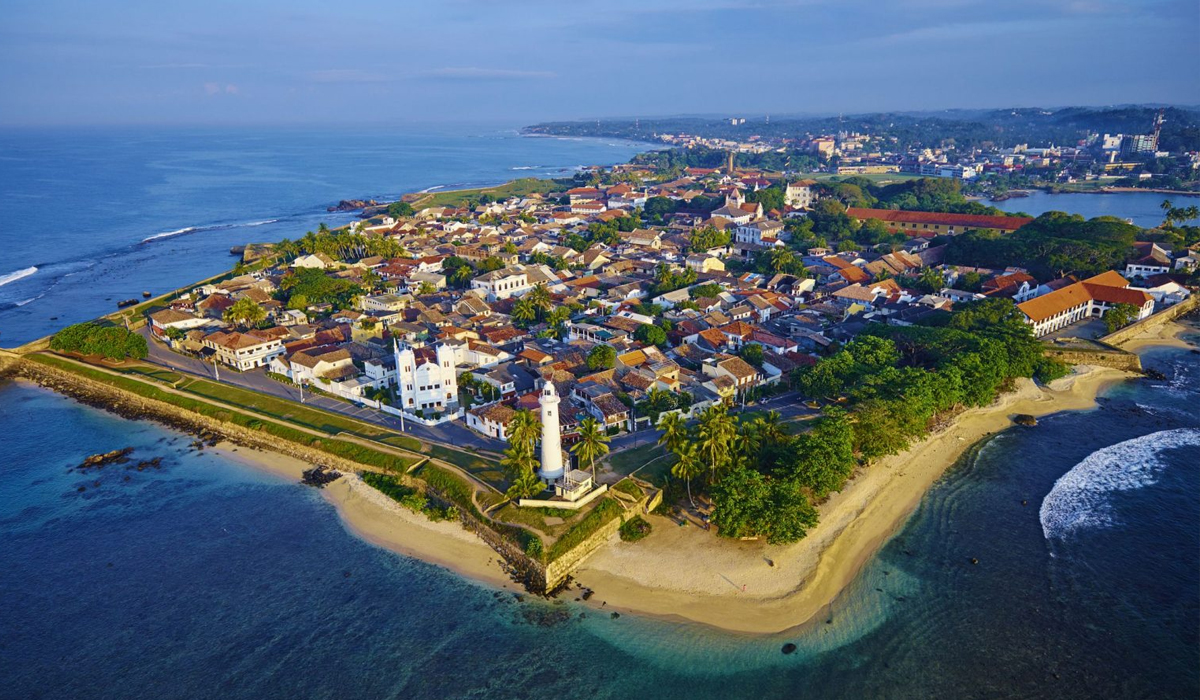
Perched on Sri Lanka’s southwest coast, Galle wears its history on its sleeve. Windswept beaches and nodding palms surround its colonial-era showpiece, a 16th-century Portuguese-built fort, while the rest of the city is trimmed with Dutch-style houses, quirky shops, whitewashed mansions, and heritage museums.
It is believed that Galle is the biblical seaport of Tarshish, from which King Solomon obtained gold, ivory, peacocks and other valuables. Being on the strategic sea-route between Arabia, India and Southeast Asia, as well a natural harbour, Galle became an important trading port for Persians, Arabs, Greeks, Romans, Malays, Indians and Chinese. According to other schools of thought, the name Galle derives from ‘Gallus’ (chicken in Dutch), or from ‘Gaala’, in Sinhala, meaning a herding place for cattle. Before the Portuguese arrived in the 16th century, Galle was known as ‘Gimhathiththa’. In less than 100 yrs, the Dutch had taken over and reinforced the fort. The Galle fort is now a world heritage site and shows the amalgamation of European architectural styles with south Asian traditions.
Beyond Galle, lies a stretch of coast with a series of beaches like Unawatuna and Thalpe, the latter also being famous for its stilt fishermen. In cricketing circles, Galle is known for its cricket ground, which has rebuilt itself successfully after the tsunami destruction. Other prominent landmarks are the natural harbour, the National Maritime Museum, St. Mary’s Cathedral, Amangalla the historic luxury hotel and one of Sri Lanka’s main Shiva temples. Other natural attractions, temples and forts are also tourist hotspots.
By itself Galle is a large town, with a busy bus station and market are its heart. It provides varying attractions for its tourists with multiple art festivals. The annual Galle Literary Festival attracts litterateurs from all over the world.

